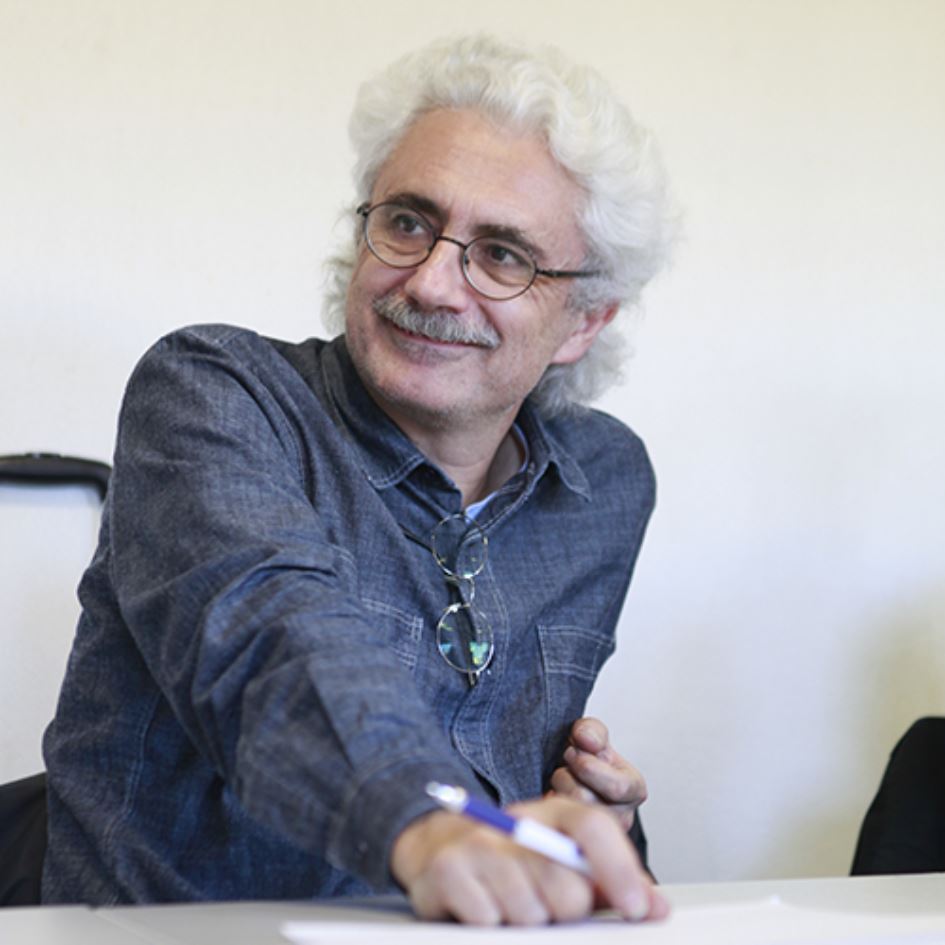
Become
Texturing Artist
The main task of the texturing artist is therefore to create photorealistic textures to be mapped on 3D objects.
The texturing artist develops textures in the fields of animation, video games, websites, television, with such technicality that they appear with a great realistic appearance whether on animated characters, environments or accessories.
From zero to infinity…
The main task of the texturing artist is therefore to create photorealistic textures to be mapped on 3D objects. These textures will often be created from scratch, but can also be developed from existing materials based on photographic references, painted works, reference books… Thoses textures can even be applied to objects and environments previously created by other team members.
The texturing artist works with an infinite number of textures. Depending on his project, he can give free rein to his unbridled imagination, his creativity, to invent and create new and personalized textures that can go far beyond what appears in nature, or are at least uncommon in the real world.
The diversity of textures helps to avoid repetitive and boring contributions to the video game, film or television show they work on.
… with a high level of realism
Texturing artists work closely with other members of the 3D modeling department (modeler, shader, lighting artist) and with special effects supervisors.
Knowing how to work in a team is therefore essential, and implies having a good team spirit, being focused on collaboration, a real capacity for technical adaptation, and serenity while respecting deadlines.
In this context, a perfect knowledge of the software is obviously required (Photoshop, Maya, Painter, Mudbox, ZBrush, CrazyBump, Body Paint, Deep Paint) as well as the UV mapping process.
In short, the texturing artist explores a vast creative field by working on images while maintaining a high degree of technicality.
The texturing artist must display strong artistic skills that he can acquire in an art school like ESMA 3D, which will also allow him to deepen his knowledge of the creative process (modeling, lighting, shading, etc.).
Becoming a texturing artist can eventually lead to positions such as senior artists, as well as other interdisciplinary VFX sectors. Studios and post-production companies are always looking for talented texturing artists. Be aware that the companies for which you can work can considerably vary in size and nature. One last tip : don’t forget to build your own portfolio, which will allow you to demonstrate all your skills to your future employers.







